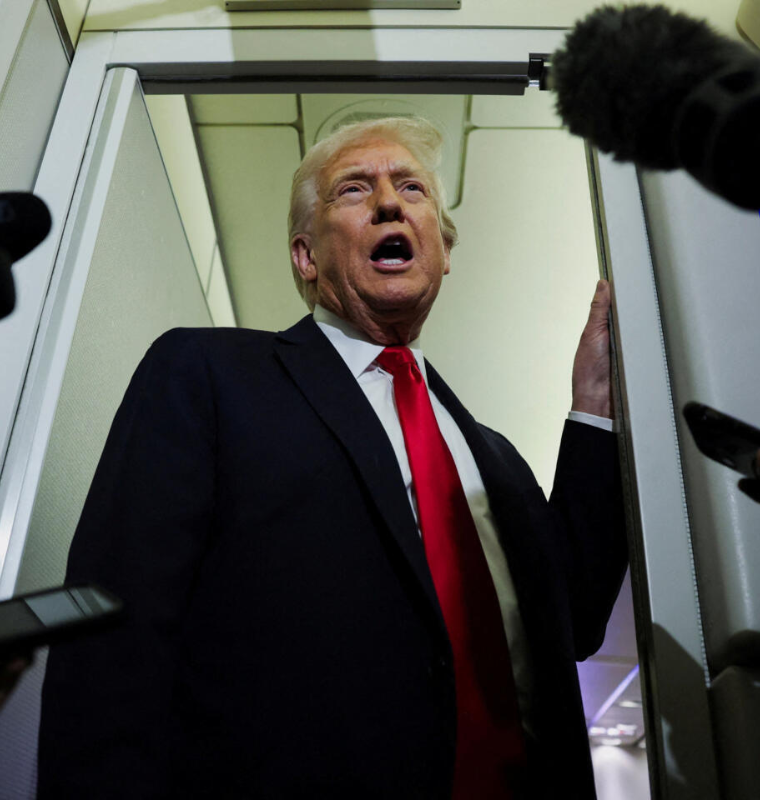What the UK Autumn Budget Could Mean for Your Money
By
David Goldfarb
Last updated:
November 26, 2025
First Published:
November 26, 2025

Lights on in skyscrapers and commercial buildings on the skyline of the City of London, UK, on Tuesday, Nov. 18, 2025. U.K. business chiefs urged Chancellor of the Exchequer Rachel Reeves to ease energy costs and avoid raising the tax burden on corporate Britain as she prepares this year’s budget.
Bloomberg | Bloomberg | Getty Images
A Budget Shaped by Uncertainty and Conflicting Expectations
The UK is bracing for one of the most closely watched Autumn Budgets in recent years, as Finance Minister Rachel Reeves prepares to reveal a package of tax and spending measures that could impact millions of households. The buildup to this year’s announcement has been unusually chaotic, with multiple tax proposals floated, leaked, walked back, and debated publicly — creating widespread confusion among businesses, investors, and the general public.
This strategy of testing ideas in the media before committing to them has drawn criticism for generating uncertainty at a time when economic stability is already under strain. With so many trial balloons launched in recent months, it has become increasingly challenging to predict which policies Reeves will ultimately include in the final fiscal plan.
The stakes are even higher for businesses, many of which were hit hard in last year’s budget — contributing nearly £40 billion in extra taxes through higher employer payroll costs and increases in the national minimum wage. While Reeves has signaled she does not intend to repeat that level of corporate tax pressure, companies remain wary.
Reeves Faces a £20 Billion Fiscal Gap and Strict Self-Imposed Rules
The finance minister has boxed herself into a difficult corner with the fiscal rules she has imposed. These include ensuring day-to-day government spending is covered entirely by tax revenue rather than borrowing, and maintaining a balanced budget or surplus by the end of the decade.
Compounding these constraints are rising borrowing costs, weaker-than-expected productivity figures, and lower economic growth projections. All told, analysts estimate Reeves is working with a fiscal shortfall of around £20 billion.
On top of that, she is expected to aim for additional “headroom” of £10–15 billion — a financial cushion designed to ensure the government can manage any unexpected shocks without breaching fiscal commitments. Achieving this while maintaining existing public services will almost certainly require new revenue streams.
The Office for Budget Responsibility’s upcoming economic forecasts will also play a major role in shaping market reaction. Investors will be scrutinizing the OBR’s assessment closely, especially after reports suggesting a downgrade in growth and productivity expectations for the next five years.
Where Tax Rises Could Land
Reeves has made it clear that this budget will involve tough decisions, and with limited room for spending cuts, tax rises appear unavoidable. The question now is where those increases will fall.
One of the most contentious ideas floated was a potential rise in income tax — a move that would have broken Labour’s manifesto promise not to raise taxes on working people. The proposal generated mixed reactions: bond markets initially welcomed the potential for higher revenue, but public sentiment soured quickly. Reeves eventually abandoned the idea.
Instead, economists now expect she may freeze income tax thresholds. With inflation still above target and wage growth pushing salaries higher, this approach could quietly move hundreds of thousands of people into higher tax brackets, generating billions in extra revenue without technically increasing tax rates.
But the threshold freeze alone cannot close a £20 billion gap. Additional measures under consideration include:
• A higher council tax band for expensive properties, often referred to as a “mansion tax”
• A gambling duty increase
• A new mileage-based tax on electric vehicles
• Adjustments to pension tax benefits, particularly salary sacrifice arrangements
Reeves may also include a few voter-friendly measures aimed at easing the cost of living. Reports suggest she may remove the two-child limit on welfare benefits and reduce VAT on energy bills — policies that could ease pressure on low-income households. A nationwide freeze on rail fares has already been announced.
Economists, however, warn that too many small increases could overwhelm businesses and households. Some argue that one or two major tax changes would be more effective than what the Confederation of British Industry calls “death by a thousand taxes.” The CBI and other business groups have stressed that economic growth — not incremental tax rises — is the key to improving government finances in the long term.
Little Appetite for Spending Cuts
Political barriers make deep spending cuts unlikely, meaning the government will rely heavily on tax increases. Economists broadly agree that the fiscal gap cannot be closed without tapping into new revenue sources. The question is how aggressively Reeves is willing to move, and how markets will respond.
Any unexpected tax proposals could also influence borrowing costs, with gilt yields sensitive to the credibility and stability of the government’s plan. Given the economic challenges ahead — from stagnant productivity to reduced investment — Reeves has little room for missteps.
OBR Forecasts Could Add More Pressure
The Office for Budget Responsibility will publish its economic and fiscal outlook alongside the budget, and early reports suggest the news may not be positive. Sky News recently reported that the OBR may downgrade the UK’s growth forecasts for each of the next five years. Previous leaks hinted at a downward revision to productivity projections as well.
A weaker outlook would mean even less fiscal flexibility, further tightening the constraints Reeves must navigate. Slower growth reduces tax revenues, widens the funding gap, and forces the government to lean even harder on tax policy to meet its fiscal targets.
Overall Outlook
The Autumn Budget comes at a pivotal moment for the UK economy, with rising living costs, sluggish growth, fragile productivity, and a long list of competing demands. While Reeves has emphasized her commitment to fiscal discipline, the combination of constrained options and growing public pressure means this budget is likely to rely heavily on targeted tax increases.
For households, investors, and businesses, the message is clear: this year’s Autumn Budget will bring significant changes, and many of them may hit close to home.
Popular articles
Subscribe to unlock premium content
How Turkmenistan’s Underground Mosques Are Becoming Secret Luxury Tourism Spots

How Palau’s Hidden Jellyfish Lakes Are Monetized as Ultra-Premium Adventure Destinations

Why Seychelles’ Private Island Hopping Experiences Are Becoming a Billion-Dollar Niche

How Turkmenistan’s Underground Mosques Are Becoming Secret Luxury Tourism Spots

How Palau’s Hidden Jellyfish Lakes Are Monetized as Ultra-Premium Adventure Destinations

How Turkmenistan’s Underground Mosques Are Becoming Secret Luxury Tourism Spots









